The golden light of late summer spills across the kitchen counter, illuminating rows of glass jars filled with jewel-toned preserves. This is the alchemy of pectin and time - where fruit surrenders its fleeting season to become something more permanent, more precious. The art of preserving transforms summer's abundance into edible amber, capturing sunlight and sweetness in suspended animation.
Across cultures and centuries, humans have sought ways to defy the perishable nature of harvests. What begins as practical necessity - preserving food for leaner months - becomes something approaching poetry. The French call it "confiture," from the verb confire, meaning to preserve. The English "marmalade" traces back to the Portuguese word for quince, marmelo. Each language carries the history of this transformation in its vocabulary.
The magic begins with pectin, that mysterious carbohydrate naturally present in fruits. When combined with acid and sugar, then heated to just the right temperature, it creates the gel that gives preserves their characteristic texture. Apples, citrus peels, and quince contain particularly high levels, while berries and stone fruits often need supplemental pectin. This natural thickener becomes the invisible architect of our jarred treasures.
Modern food science has demystified the chemical processes, yet something elemental remains in the ritual. The chopping of fruit, the precise measurement of sugar, the skimming of foam from bubbling pots - these actions connect us to generations of preservers before electric refrigeration. The slow transformation from fresh fruit to preserved good requires patience and attention, qualities increasingly rare in our accelerated world.
Seasonality dictates the preserver's calendar. Early summer brings delicate strawberry and cherry preserves. Midsummer overflows with raspberries, blackberries, and currants. Late summer and early autumn offer stone fruits - peaches, plums, apricots - followed by the robust flavors of apples, pears, and quince. Each fruit has its perfect moment for capturing, much like photographing light at golden hour.
The vessel matters as much as the contents. Clear glass jars serve as both practical container and display case, allowing us to admire the captured colors of seasons past. Light plays through the glass differently depending on the preserve's density - marmalades glow with suspended citrus rind, while clear jellies sparkle like stained glass. The satisfying pop of a vacuum seal signals successful preservation, a sound that brings quiet satisfaction to any home canner.
Beyond simple sustenance, preserved fruits carry cultural memory. English marmalade evokes Victorian breakfast tables. French confiture brings to mind countryside kitchens. Eastern European lekvar preserves appear in pastries and dumplings. American apple butter speaks of pioneer thrift. Each jar contains not just fruit, but layers of tradition and adaptation.
Contemporary food movements have rediscovered the value of preservation. Farmers' markets now showcase small-batch artisan jams highlighting unusual fruit combinations or heirloom varieties. Mixologists incorporate preserves into craft cocktails. High-end restaurants use them as accompaniments to cheese courses or foie gras. What was once humble pantry staple now commands gourmet attention.
The process teaches valuable lessons. Failed batches - preserves that don't set, or worse, develop mold - remind us that nature ultimately decides outcomes. Perfectly set jars provide quiet triumph. The rhythm of seasonal preserving creates markers in the year, a tangible connection to nature's cycles. Opening a jar of summer peaches in deepest winter becomes an act of hope and remembrance.
Equipment has evolved but the essentials remain unchanged. Copper preserving pans distribute heat evenly, while modern canning funnels prevent sticky spills. Specialized jars with two-part lids create reliable seals. Yet a wooden spoon and clean cloths serve as well today as they did centuries ago. The tools may improve, but the fundamental alchemy stays constant.
Health considerations have transformed recipes over generations. Our ancestors used staggering amounts of sugar as preservative. Modern versions often reduce sugar or use alternative sweeteners, though texture and shelf life may suffer. Some experiment with alcohol preserves or honey-based recipes. The quest continues for that perfect balance between preservation, taste, and health.
Beyond sweet applications, savory preserves expand culinary possibilities. Tomato jam with chili makes unexpected burger topping. Onion marmalade complements roasted meats. Pickled fruits add brightness to rich dishes. These innovations demonstrate how preservation techniques continue evolving while honoring their roots.
The psychological rewards may equal the culinary ones. In our digital age, the tangible results of preserving provide rare satisfaction. Labeled jars lined up in pantries represent visible accomplishment - something our screen-dominated lives often lack. The process forces us to slow down, to work at nature's pace rather than our accelerated digital rhythm.
Seasonal preserving also builds community. Friends swap surplus harvests and specialty jams. Canning parties turn solitary work into social occasion. Homemade preserves become meaningful gifts, carrying more personal connection than store-bought items. The shared experience of creating sustains relationships as surely as the food itself.
Environmental benefits emerge from this old practice. Preserving peak-season local fruit reduces reliance on imported produce and its carbon footprint. Using imperfect or overripe fruit that might otherwise go to waste aligns with sustainable values. Even the jars themselves, reused season after season, represent an early form of recycling.
For urban dwellers disconnected from food sources, preserving builds bridges. A city apartment kitchen can become the site of transformation where farmers market purchases turn into winter provisions. The process educates about seasonality and food systems in ways that supermarket shopping never could.
Historical preservation methods intersect with modern food safety knowledge. Our grandmothers might have used paraffin wax seals or inversion methods now considered unsafe. Contemporary home canners benefit from generations of accumulated wisdom about acidity levels, processing times, and sterilization techniques that ensure safety without sacrificing quality.
The aesthetic dimension shouldn't be underestimated. Well-made preserves possess visual appeal that transcends their edible nature. Layered fruit butters show gradations of color. Whole fruits suspended in syrup become edible jewels. The play of light through a jelly jar could inspire artists. This visual poetry makes preserves as decorative as they are delicious.
Specialized varieties have emerged to delight connoisseurs. Single-origin jams highlight terroir like fine wine. Small batches allow for perfect ripeness capture. Unusual combinations - fig and lavender, peach and bourbon - expand traditional boundaries while respecting fundamental techniques. The craft continues evolving while honoring its roots.
Ultimately, preserving represents an act of faith in future seasons. Each jar embodies belief that winter will pass, that spring will come again, that another harvest will follow. In our uncertain world, this simple certainty comforts. The glass jar becomes time capsule and promise - season's sweetness suspended, waiting to be rediscovered.
When we unscrew a lid months after bottling, the released scent carries us back to warmer days. The taste connects us across time to the moment of creation. This is the magic of pectin and patience - not merely preserving fruit, but preserving memory, tradition, and connection to earth's rhythms. In our jars, we find not just food, but the essence of seasons made tangible.
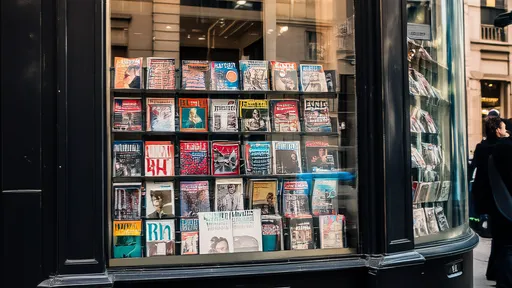
By /Aug 8, 2025

By /Aug 8, 2025
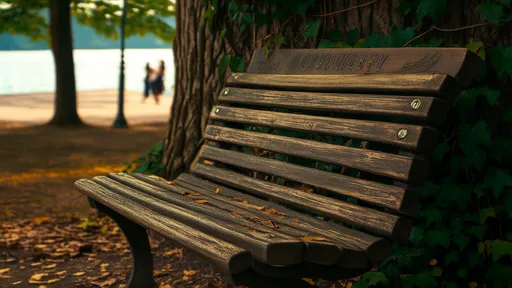
By /Aug 8, 2025

By /Aug 8, 2025
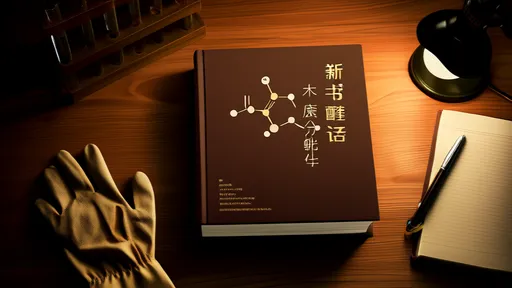
By /Aug 8, 2025
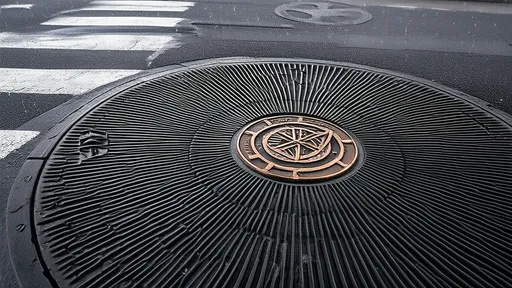
By /Aug 8, 2025

By /Aug 8, 2025
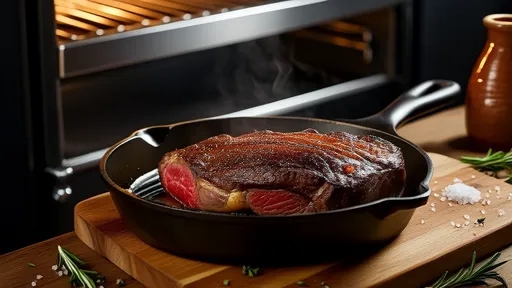
By /Aug 8, 2025
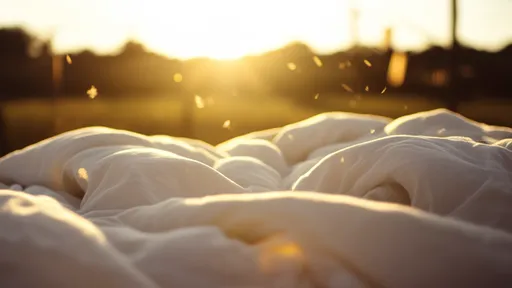
By /Aug 8, 2025
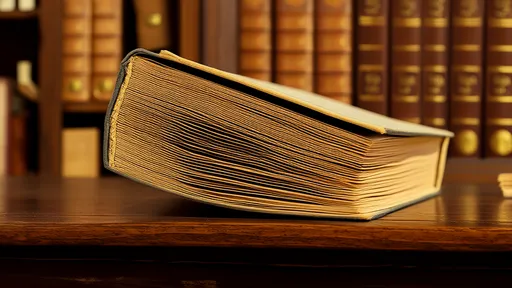
By /Aug 8, 2025

By /Aug 8, 2025
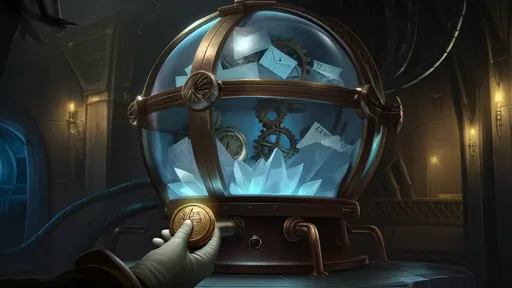
By /Aug 8, 2025

By /Aug 8, 2025
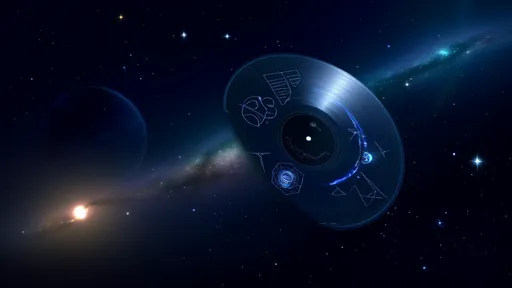
By /Aug 8, 2025
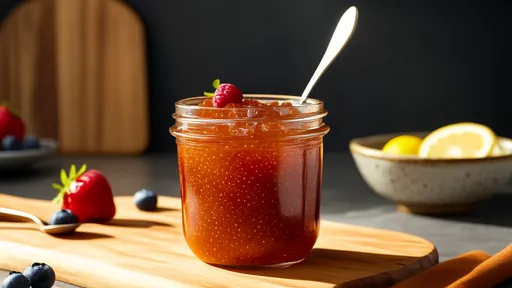
By /Aug 8, 2025

By /Aug 8, 2025
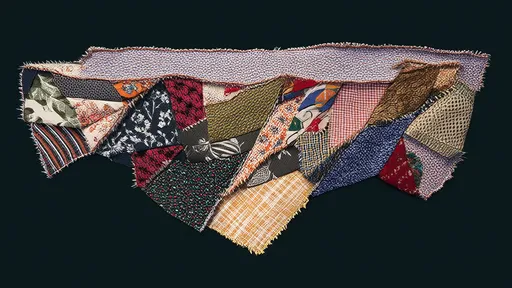
By /Aug 8, 2025
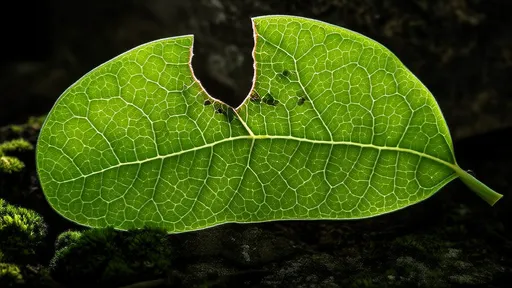
By /Aug 8, 2025

By /Aug 8, 2025
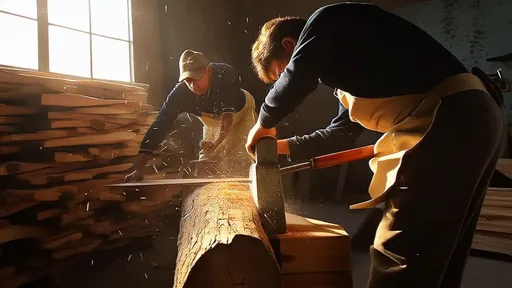
By /Aug 8, 2025